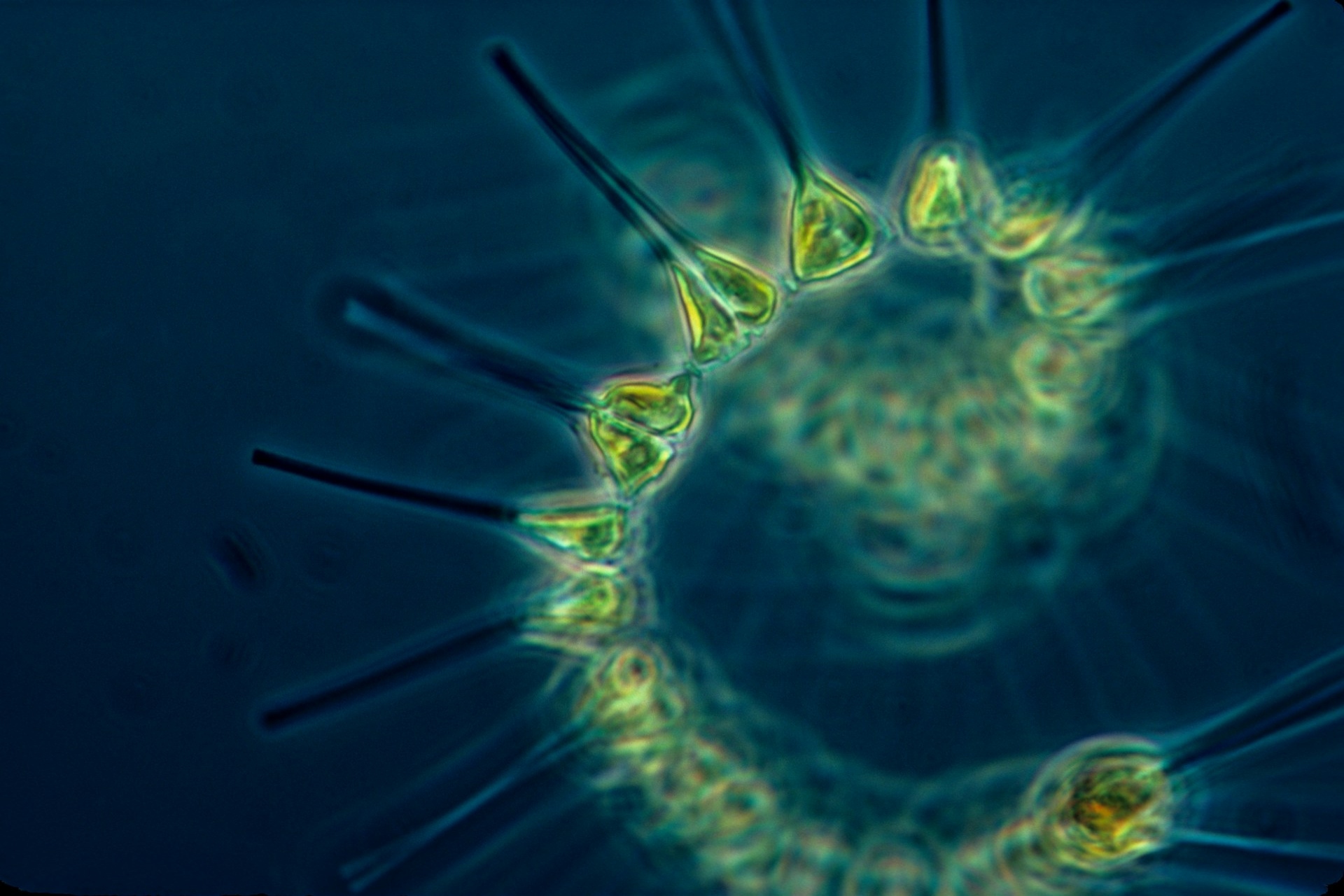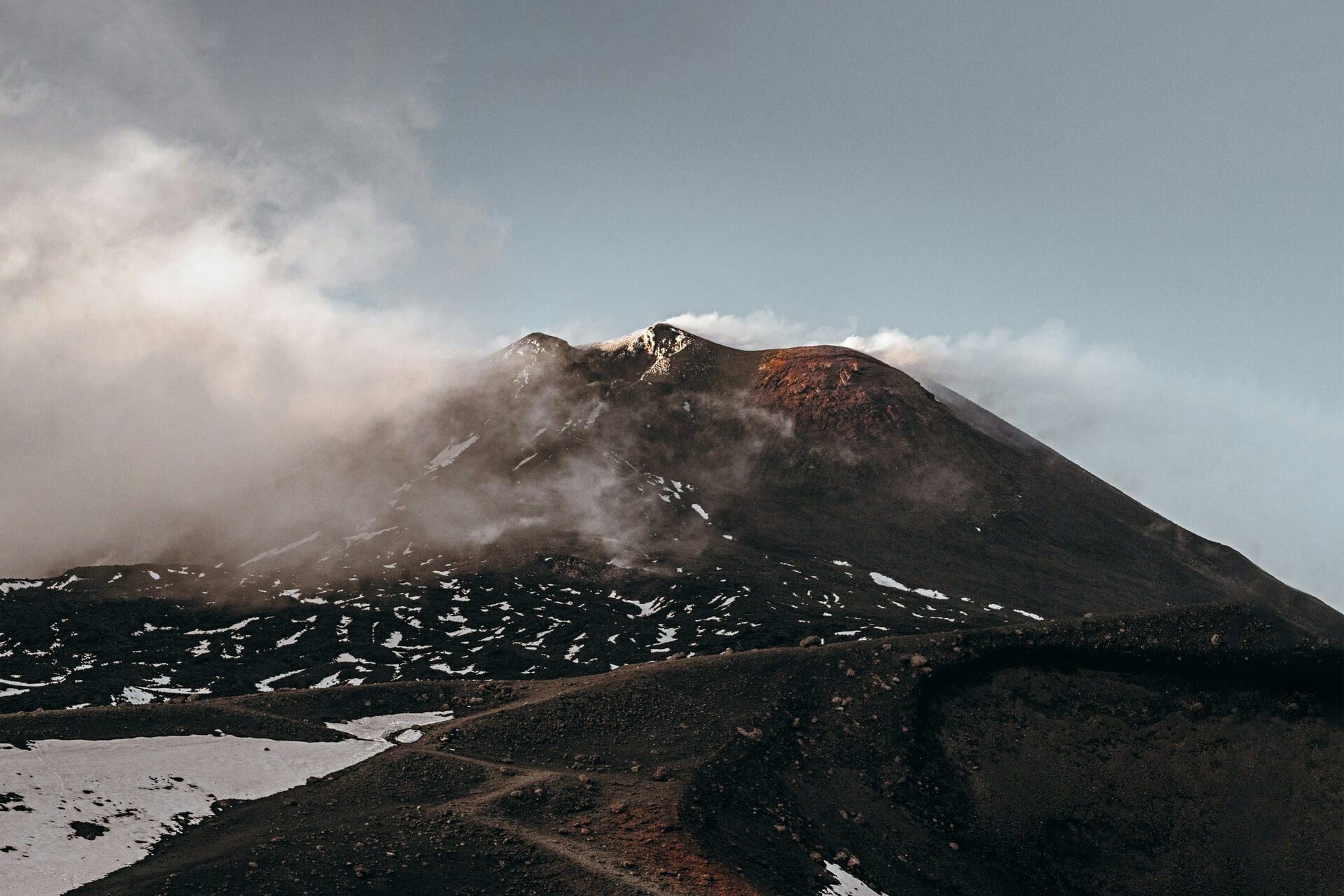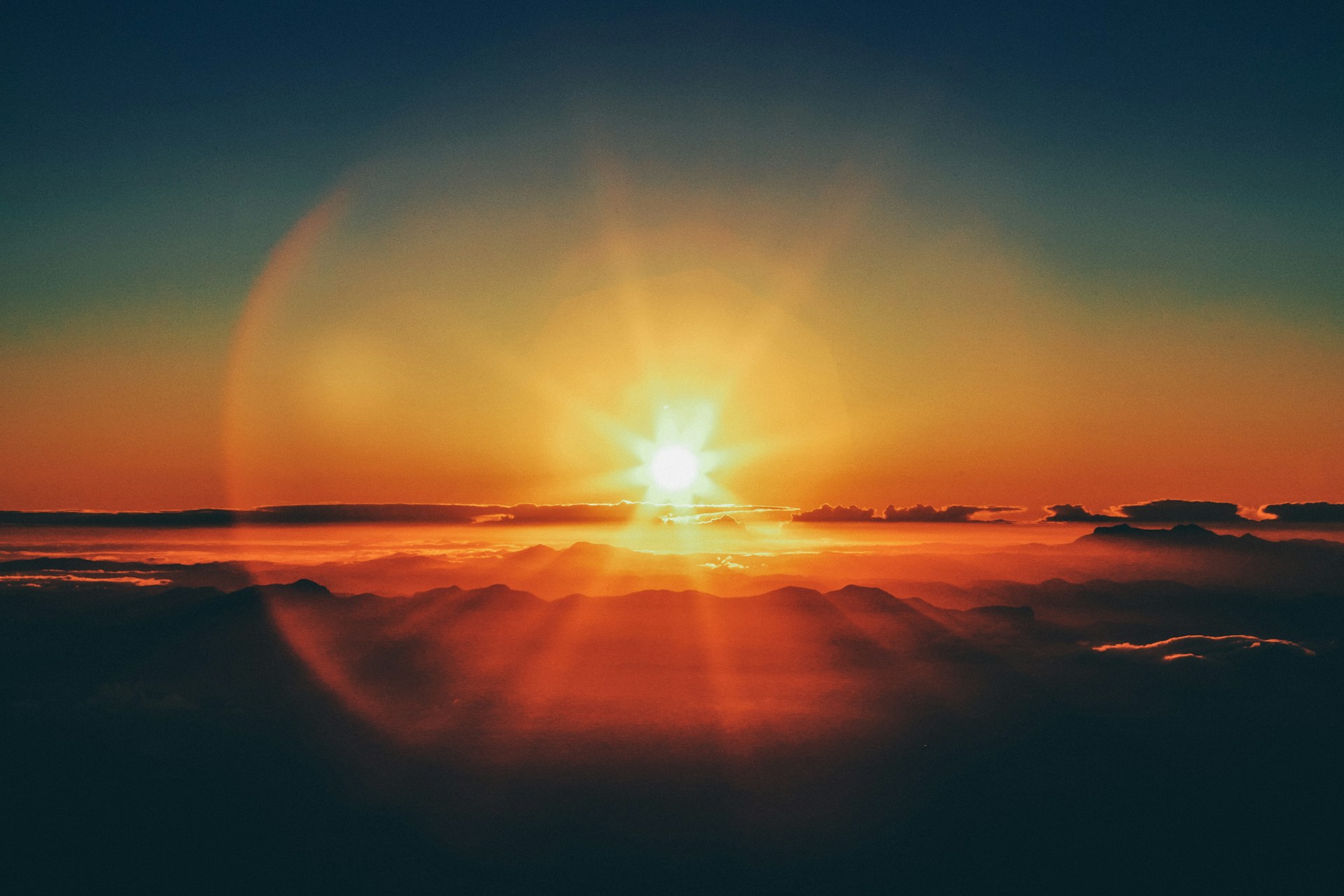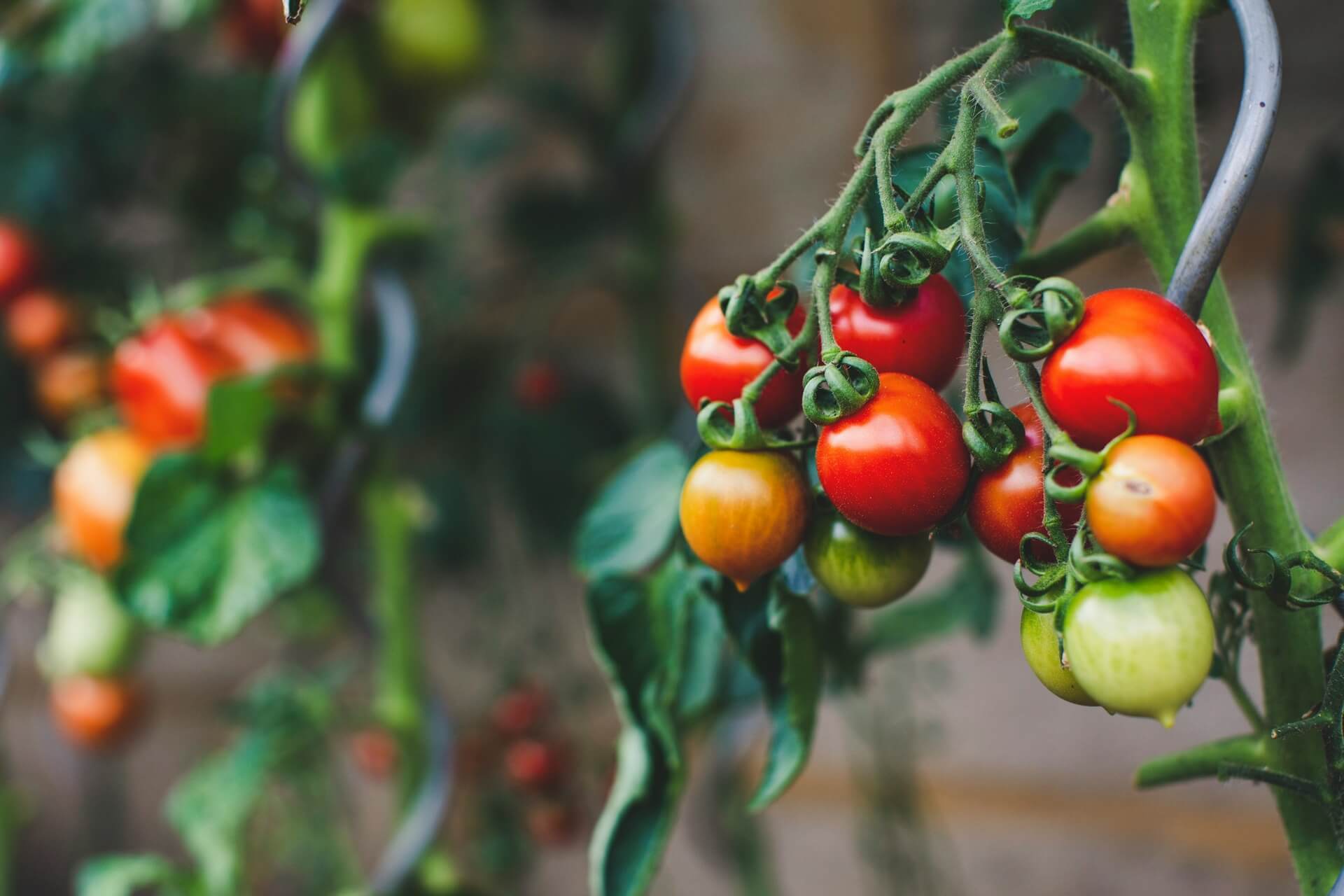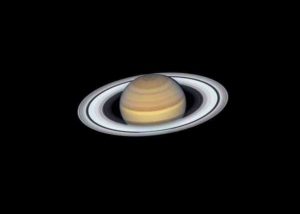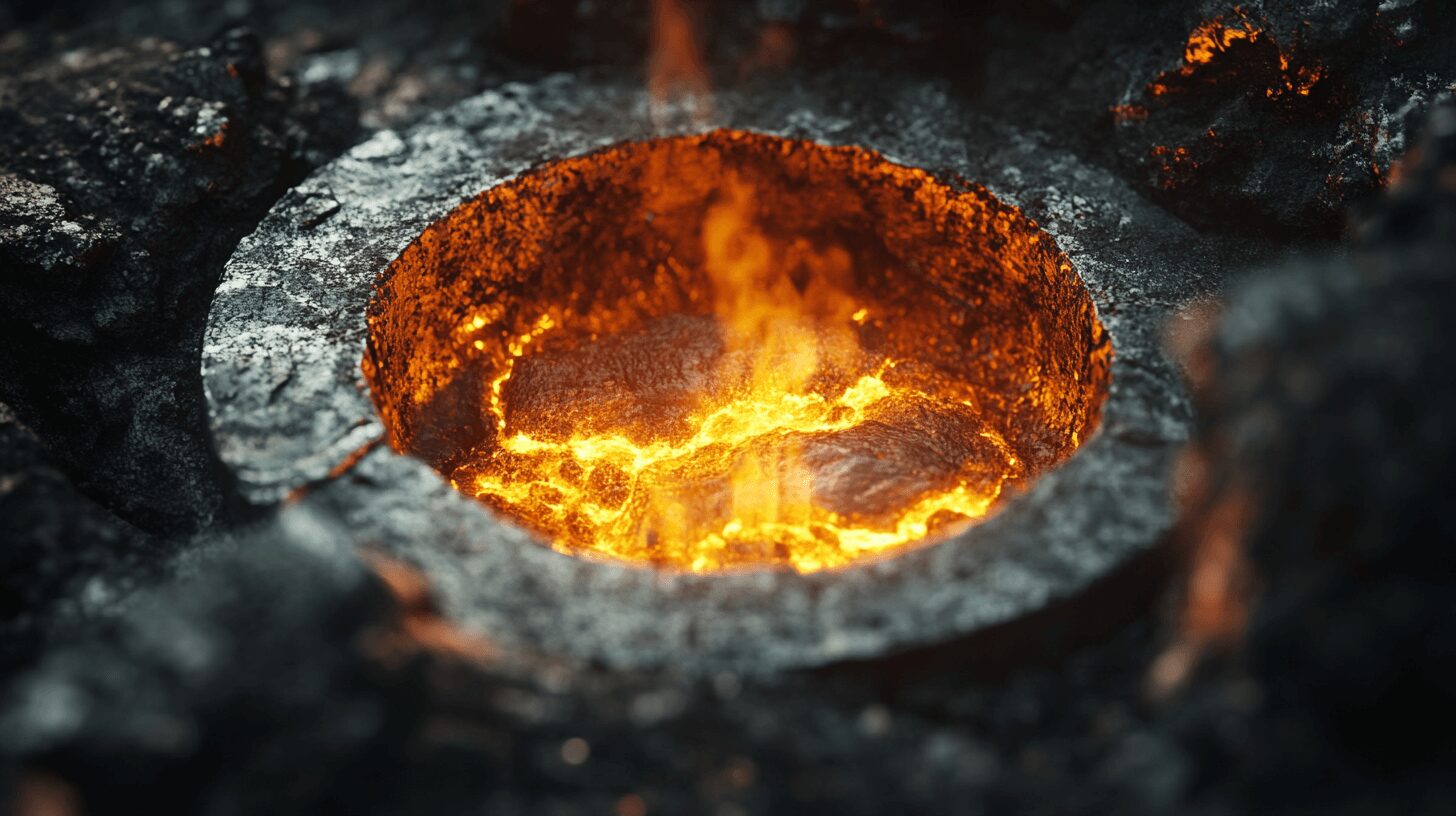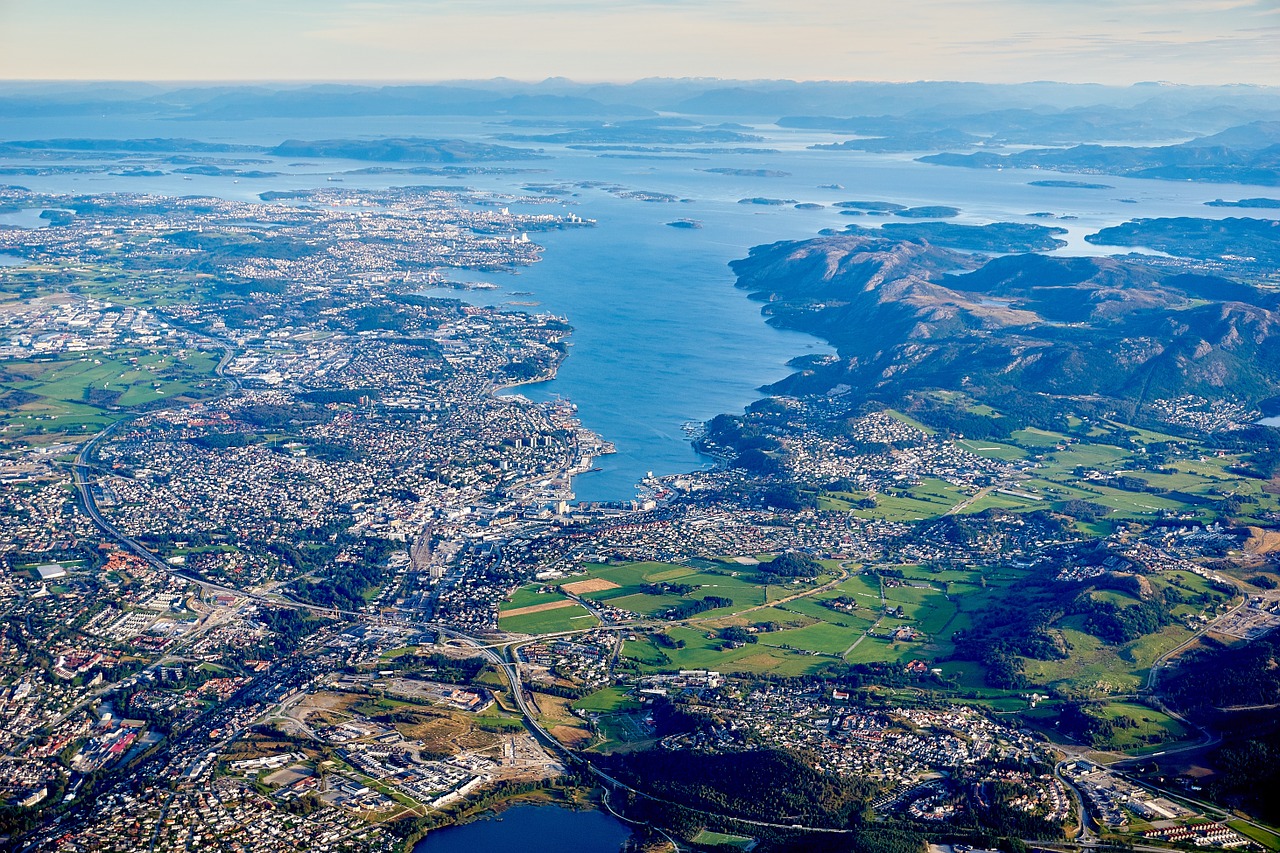
The Top 10 Environmental Issues Should Make You Worry
December 31, 2024 - Emily Newton
Revolutionized is reader-supported. When you buy through links on our site, we may earn an affiliate commission. Learn more here.
Over the years, the environment has been changing — and not for the better. Recent events have shown the catastrophic impacts of humans on the entire world. Weather disasters are more powerful and frequent than ever before and pollution rates have only been climbing. While people fight to improve the Earth, the top environmental issues today threaten many livelihoods, homes and cities.
But which problems should people be keeping an eye out for and work to fix? These 10 types of environmental issues are some of the most prominent in the world right now. Fixing them means safeguarding the future of the planet.
Jump to: Public Health | Urban Sprawl | Waste Disposal | Overpopulation | Loss of Biodiversity | Water Scarcity | Pollution | Deforestation | Ecosystems & Endangered Species | Climate Change
10. Public Health
Many of the issues we face all tie back into one central concern – public health. Pollution, water scarcity and overpopulation all present a clear threat to public health. Many deaths each year are directly caused by unhealthy environments, whether that is because of pollution increases or the spread of a species bringing disease. Sociopolitical shifts also encourage these trends.
Consider the rise of anti-vaccination movements. Researchers have discovered there is a correlation between skepticism in the climate crisis with those who fear vaccines. Combined, these exacerbate all public health problems. Even in developed countries, these trends threaten public health, causing a resurgence in diseases like measles that were almost completely obliterated. Years ago, measles ravaged the United States, killing 4,000 to 14,000 people annually. In 1958, doctors diagnosed over 700,000 with the measles — the highest number to date.
However, once the vaccine came out, cases dropped from 385,000 to just 22,000. Humanity declared the disease eradicated in 2000, but a lack of vaccination has caused measles to return with a vengeance. The health and wellness of human beings is an important issue to watch, and environmental health can defend or tear people down. What people eat, drink and breathe in plays a significant role in their wellness. Polluted air and water are a mounting crisis we need to address.
Without water, humans won’t survive long. Polluted water poses threats through airborne water diseases and chemicals or toxins contaminating the water. Without clean water, people’s health declines substantially. One way to bring clean water to people is through digging wells. Another way is through water filters. There are people willing to take the initiative to bring clean water to those who need it.
9. Urban Sprawl
Urban sprawl, or the uncontrolled expansion of urban areas, is a modern problem but one that threatens the environment. Moving to a new location isn’t hard these days. Contractors keep building developments in record time, and undeveloped land is becoming scarce. Commercial expansion is another factor in this. Organization need to allocate more acres to industry, which tears down forests and other habitats, displacing species and extracting resources.
Covering the landscape with concrete interrupts the natural water cycle, preventing rainwater from soaking into the ground. This was evident during the catastrophic floods in Houston during Hurricane Harvey in 2017.
Studies have found that sprawl is increasing exponentially on both sides of the Atlantic Ocean, with cities slowly creeping outward and negatively affecting the land around them. With less natural land, the environment takes a hit. Not to mention, continuing to build along the coast now comes with risks.
These towns and cities are now at an increased risk of flooding due to rising sea levels. They are also sinking because of groundwater extraction, which must slow down to offset the risks of the melting ice caps. It also destroys essential habitats, such as mangroves. These are critical for blocking high tides and absorbing waters as sea levels rise. With these being torn down for urban sprawl and tourism, the species that tackle the pollutants and water the ocean brings are nowhere to be found in humanity’s time of need.
More houses lead to more pollution. Buildings emit their gasses into the air, which affects the health of the environment. Take Vietnam for example — would you want to wear a face mask every time you go outside because of air pollution?
It’s time to put habitats of the environment first. We need to preserve land, stop building, and start restoring.
8. Waste Disposal
It’s easy to throw something in a trash can. We don’t usually think about our local landfills unless complaining about the smell when we drive by them, but the average person generates 4.9 pounds of trash per day. This has gotten worse as hyperconsumerism promotes more shopping than ever. The more people buy, the more people throw away.
This trash ends up in two places — in landfills or in environmental habitats and the ocean. Waste disposal poses a threat to not only the Earth and its environment but humans as well. When waste is disposed of via burning or nuclear, it emits hazardous toxins in the air, which people breathe in.
However, when trash goes into the water, animals mistake it for food or get tangled up in it. Around 100,000 marine animals die yearly from the eight to 10 million tons of garbage in the water. Additionally, entanglement can harm a creature’s ability to swim, hunt or get to the surface to breathe.
The phenomenon of animals consuming pollutants also causes public health problems. This is trophic transfer. For example, if tuna consumes large quantities of mercury or chemicals from e-waste, it stays in their systems. If a fisher catches that tuna, and it’s processed into canned goods, humans could eat trace amounts of dangerous substances.
Earth.org estimates there are more than 46,000 pieces of plastic within each square mile of the ocean and as much as 15,000 pieces of plastic enter the water every day. People can limit this crisis by reducing the amount of waste they create. By choosing to use products that can be recycled or placed in a compost pile, every household can reduce their waste.
7. Overpopulation
We have more than seven billion people on the planet right now — and experts expect that number to reach 9.7 billion by 2050, and 11.2 billion by 2100. While that might not sound like a bad thing, we live on a planet that can only support roughly 10 billion, which means we’re less than a century away from overpopulation becoming a serious and even life-threatening problem. Humans are already consuming resources faster than we can replenish them. Eventually, restoration will be permanently unable to keep up with population growth.
As the world’s population rises, the amount of resources available for survival decreases. In fact, the population has grown to an unsustainable level.
The more people there are on the planet, the more they release carbon dioxide and other gasses into the air. The growing population comes with the cost of greenhouse gasses and climate change. Until people realize that they have a direct impact on these pressing environmental issues today, their behavior won’t change. Resources aren’t always sustainably sourced, but without those resources, the population won’t survive.
Hopefully, we don’t realize this before it’s too late. Fortunately, renewable energy sources are a great way to combat carbon emissions. By raising the amount of sustainable energy such as wind power and solar power, the resources needed can be sustainably sourced, reducing carbon emissions. You can’t change the population, but you can change what the population emits into the environment.
6. Loss of Biodiversity
Biodiversity — or the variety of life in the world or a particular ecosystem — is declining. The levels of biodiversity across the board have significantly lowered to a dangerous amount. According to the World Wildlife Federation, biodiversity has declined 73% in observed populations since 1970. Biodiversity is in critical condition due to various threats including urban sprawl, deforestation and climate change. As you can discern, many of the top environmental concerns relate to each other.
The lack of biodiversity puts the food chain, water sources and other resources at risk. Every animal — no matter how small — has a place in the food chain. When that balance gets disrupted, predators will hunt their prey into extinction or die off from a lack of food. Every animal also plays a role in natures many cycles, whether it’s spreading seeds or putting nutrients back into the water.
Prey animals may also overpopulate and destroy necessary greenery. Without enough biodiversity, ecosystems deteriorate until they no longer exist. The world just can’t afford the cost of biodiversity loss. Education and protection are keys to conserve biodiversity. Think with a sustainable mind, and make green choices.
5. Water Scarcity & Water Pollution
A major issue happening now is water scarcity, which means communities lack access to water or water treatment technologies. There is a difference between water and fresh, clean water. Saltwater, freshwater, groundwater and surface water are the essential sources of water. There are two ways water can be scarce — the lack of water and the lack of drinkable water.
We often take the water coming out of the tap for granted — we turn the handle and water flows — but that’s not the case in many places around the world. Cape Town, South Africa, was nearly the first city to run out of water. A drought period lasting form 2015 to 2018 nearly depleted Cape Town of all its drinkable water, marking this time as their worst drought it recorded history. Thankfully, water recycling and city management were able to replenish the Theewaterskloof dam back up to 100%.
Potable water can become contaminated with things such as airborne diseases, toxins, and hazardous chemicals. An estimated two billion people have minimal to no access to clean water at all. This isn’t just a problem in undeveloped countries though.
The 2017 drought in California, and the fact that Flint, Michigan hasn’t had clean water in nearly four years, serves as the perfect example to show us that water scarcity and pollution isn’t just a problem everywhere else — it’s a problem here at home too. Like the Earth, your body is made up of a lot of water, too. Both the Earth and your body need clean water to survive.
You can take action to reduce water scarcity. First, people must admit this is a problem — then they have to do something about it. Start by turning the water off while brushing your teeth or while soaping up in the shower. You’re not just saving the fish — you’re saving all populations. This will deepen your awareness and gratitude for water.
4. Pollution
Pollution comes in many forms. Air, soil, and water all have the capability to be polluted, and it poses a current and future threat to people and the environment. Contaminated waters are undrinkable. Polluted air weakens the ozone layer and causes health problems. Contaminated soil destroys habitats and irrigation.
As a human, your body is majorly affected by pollution if it’s in the air you breathe or the water you drink. Pollution puts animals and the environment in a critical condition only humans can restore. It is one of the biggest killers on the planet. Air pollution alone takes more than 4.2 million lives every single year — and that’s just human lives.
People who live in areas with high levels of air pollution are 20% more likely to die of lung cancer — even if they’ve never picked up a cigarette in their lives. We dump millions of pounds of garbage and trillions of gallons of untreated sewage and stormwater into the oceans and rivers every single year.
Additionally, over one million animals die annually after eating or getting themselves tangled in litter. While marine animals are the most common victims, birds also consume trash that ends up swelling in their stomachs and killing them. Scientists have also found them building their nests out of fishing line that fatally injures their young. Bigger fauna have also been discovered with their heads trapped in cans, buckets and plastic containers. Recent studies into microplastics have also shown how they travel up the food chain.
In order to see restored air, water, and soil, it’s essential to recover from pollution. By caring for the ecosystems, making sustainable choices and limiting the number of resources used, there is potential for recovery from pollution.
However, there are also several other sources of pollution people often forget. First is sound or acoustic pollution. The white noise of an interstate or nighttime buzz of a city has a greater impact on animals than you think. Some may be unable to sleep or mate because of an increase of foreign, disruptive sounds. Light pollution provides similar problems. It makes it hard for some predators to eat because they rely on the dark of night.
3. Deforestation
At least 15% of greenhouse gas emissions don’t come from cars or factories — they come from deforestation. By 2030, we may only have 10% of the rainforests left. The rest have been cut down for wood or wood pulp products, or cleared for agricultural uses.
In addition to this, more than 70% of the planet’s plant and animal species live in forests. Species lose their habitat. Ecosystems die out. Climate change continues. There are fewer trees to produce oxygen and absorb carbon dioxide. It’s all due to deforestation.
Lumber and land are leading reasons people cut down forests, but no idea is good enough if it means someday there won’t be any forests left.
Deforestation has many side effects people don’t realize. One of the most overlooked is the lack of carbon sequestration. This is the ability for plants to harness carbon dioxide thinning the atmosphere. The ocean is another carbon sink, but it cannot compensate for the quickly decreasing number of trees. As fewer trees are available to absorb carbon dioxide this leads to two things.
First, it means more carbon dioxide remains in the atmosphere, perpetuating its negative impacts. Second, it forces the ocean to try and absorb more, which leads to ocean acidification. This process changes the pH of the ocean, which damages species and habitats.
To preserve the remaining forests, humans should simply stop cutting down trees. Forests are in major need of preservation. For every tree that’s cut down, a new one needs to be planted in its place.
2. Ecosystems & Endangered Species
Due to the many types of environmental issues happening on this planet, both ecosystems and species are affected. In fact, over one in 10 species could be gone by the end of the next 100 years. The endangered species list continues to grow as ecosystems continue to decrease. Lost habitats mean losing the species that live there. While some may be able to migrate elsewhere, others are not so lucky.
With the rising temperatures of the Arctic, sea ice melts, which eliminates the habitat of polar bears. The list of endangered species includes other animals as well in almost every category you can imagine.
The best way to save species is to support organizations dedicated to fighting species extinction. By supporting the cause, you’re helping to combat the issue. You can also find laws and government acts available to sign that protect ecosystems and endangered species. However, the most important way to protect animals is to spread awareness. Education will make people understand why it’s so important to engage in endangered species protections.
1. Climate Change
Unfortunately, the climate change debate continues despite decades of research on the subject. Climate change is here and it is happening. Ninety-seven percent of scientists who study the climate agree greenhouse gasses — both natural and those created by humans — are the main cause. Global temperatures are climbing, ice caps are melting, and droughts, wildfires, and super hurricanes are tearing their way across the landscape.
While the truth is plain to see, the inaction of deniers in power positions will only make matters worse. Not only does the Earth’s temperature continue to rise, but the sea levels are rising, too. Both the ocean and the Earth are growing warmer.
Greenhouse gases are a leading cause of climate change, specifically those emitted from the human population. This has an impact on habitats, agriculture, the ocean and natural disasters. Severe weather events have increased in occurrence by five times over the last 50 years. They made up 50% of all disasters, 74% of worldwide economic losses and 45% of all deaths. Floods, droughts, storms and extreme temperatures were the most damaging disasters in the same time period.
The best way to reduce climate change is to build sustainably. Using renewable energy sources such as solar and wind power will assist the fight against climate change. Limiting waste and pollution will help preserve the environment. Here are other small and large ways to combat climate change:
- Vote with your dollar by supporting ethical companies.
- Install water recycling at your home.
- Compost food scraps.
- Abstain from fast fashion, decor and other trends.
- Learn how to recycle in your area.
- Speak with political leaders about your concerns.
- Volunteer for eco-friendly nonprofits in your town.
- Read books, listen to podcasts and watch documentaries on environmental issues.
- Practice environmentally aware habits in the workplace.
Fighting the Top Types of Environmental Issues Today
Humans have created a host of environmental issues that threaten the continuation of life on Earth. While people have been making exciting developments to improve the environment, daily habits continue contributing to the natural world’s deterioration. Everyone must start paying attention to how they go about their day to make a true difference.
Don’t let this year be another year of environmental loss. These types of environmental issues are nothing to joke about and their consequences cannot go ignored. Give the planet a win by making sustainable choices and supporting the right causes.
Want to learn more ways to make a difference right now? Check out my new article about how you can help reverse top environmental issues and tell me how you’ve made a difference in the comments below!
Editor’s Note: Article updated December 31, 2024, to update statistics and content. This article was originally published on January 13, 2017.
Revolutionized is reader-supported. When you buy through links on our site, we may earn an affiliate commission. Learn more here.
Author
Emily Newton
Emily Newton is a technology and industrial journalist and the Editor in Chief of Revolutionized. She manages the sites publishing schedule, SEO optimization and content strategy. Emily enjoys writing and researching articles about how technology is changing every industry. When she isn't working, Emily enjoys playing video games or curling up with a good book.
